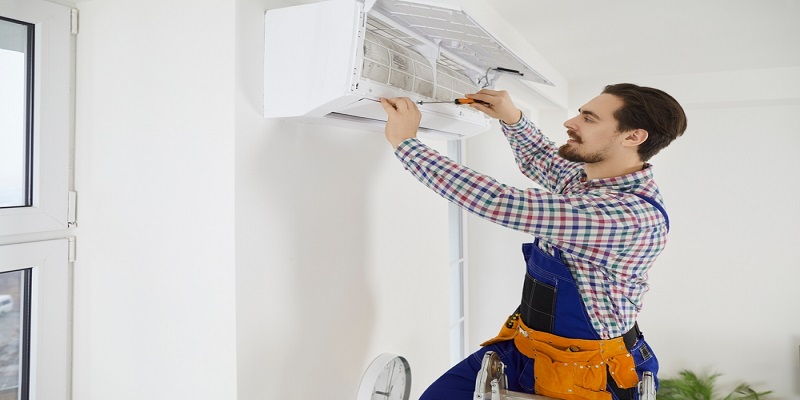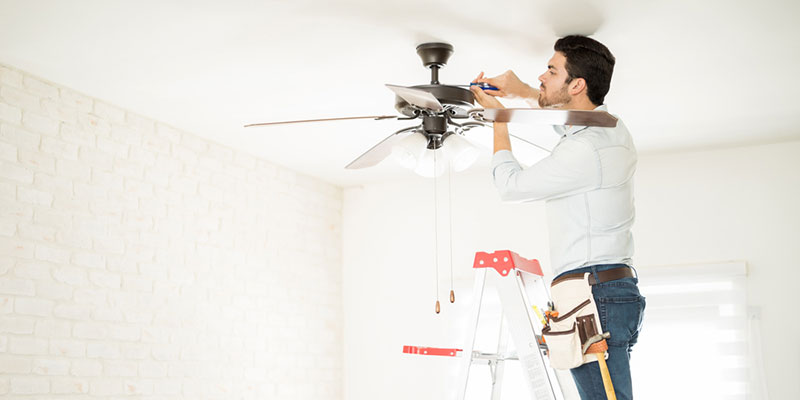7 Most Common Roofing Mistakes and Issues in Texas Homes

Common Roofing Mistakes and Issues
If you’re a Texas homeowner, it’s important to know about the most common roofing mistakes and issues. Because our weather is so unpredictable, your roof is constantly subjected to tough conditions. Knowing what to watch out for can help you avoid costly repairs in the future.
Read Also : 7 Useful Tips For Waterproofing Your Cabinets
1. Not Getting Your Roof Inspected Regularly
It’s a roofing mistake that far too many people make: not getting their roof inspected on a regular basis. While it may not seem like a big deal, skipping out on roof inspections can lead to some serious problems down the line.
For one, without an inspection, you won’t be able to catch small problems before they become big ones. This can end up costing you a lot of money in repairs. Additionally, not having your roof inspected can also void your warranty.
So, how often should you get your roof inspected? Generally speaking, most experts recommend that you have your roof inspected at least once a year. However, if you live in an area with severe weather conditions, you may need to have it inspected more often.
2. Using of Non-quality Roofing Materials
When it comes to roofing, using non-quality materials is a huge mistake. This is because your roof is one of the most important parts of your home and it needs to be able to protect you and your family from the elements. If you use inferior materials, then you are putting yourself and your family at risk.
First of all, you need to make sure that the materials are durable. They should be able to withstand all kinds of weather conditions, including high winds and heavy rains.
Additionally, the materials should be fire resistant. This is especially important if you live in an area that is prone to wildfires.
Another thing to consider is the cost of the materials. You don’t want to spend a fortune on roofing materials, but you also don’t want to skimp on quality. There are a lot of great options out there, so take your time and find the right materials for your home.
In the end, using non-quality roofing materials is a huge mistake. If you want to keep your family safe, then you need to make sure that you are using high-quality materials.
3. Installing The Wrong Type of Roof for Your Climate
One of the most common roofing mistakes is installing the wrong type of roof for your climate. This can lead to a number of problems, including leaks, premature wear and tear, and even structural damage.
There are three main types of roofs: asphalt shingles, metal roofs, and tile roofs. Each has its own advantages and disadvantages, and each is better suited for certain climates.
The majority of homes in the United States are covered with asphalt shingles, making this material the most common choice for roofs. They are available in a wide range of hues and patterns, are not expensive, and are simple to set up.
Metal roofs are a popular choice for commercial buildings, but they’re becoming more popular for homes as well. Metal roofs are extremely durable and fire-resistant. They also reflect heat, which can help keep your home cooler in the summer.
Tile roofs are common in warm climates, such as the Southwest United States. Tile is a very durable material, and it reflects heat well.
If you’re not sure which roofing material is best in Texas, talk to a roofing contractor like Mighty Dog Roofing in North Austin. They can help you choose the right material for your home.
4. Not Using Proper Insulation Or Ventilation
Another common roofing mistake is not using proper insulation or ventilation. This can lead to a number of problems, including heat loss in the winter and condensation in the summer.
If you don’t have proper insulation in your roof, you could be losing a lot of heat during the winter. This will cause your energy bills to go up, and you may even find yourself feeling cold inside your own home.
In the summer, not having proper ventilation can lead to condensation on your roof. This can cause damage to your shingles and may even lead to leaks.
To avoid these problems, make sure that you use proper insulation and ventilation in your roof. This will help you save money on your energy bills and keep your home comfortable all year long.
5. Poor Installation by A Contractor
Poor installation by a contractor can lead to big problems down the road. If your contractor does not follow the manufacturer’s instructions, it could void the warranty on your roof. Additionally, improper installation can lead to leaks and other serious issues.
When hiring a contractor, make sure to do your research. Check reviews online, and ask for referrals from friends or family. Once you’ve found a contractor you trust, make sure they understand the manufacturer’s instructions for your roof.
6. Damage from Storms Or Wind
If you live in an area with severe weather conditions, your roof is at risk of damage from storms or high winds. High wind speeds can cause shingles to lift up and break, leaving your roof vulnerable to water damage.
If you have experienced any severe weather recently, it’s important to inspect your roof for any damage. Even if you don’t see any damage, it’s a good idea to have a professional roofing contractor take a look.
If you do find damage to your roof, it’s important to get it fixed as soon as possible. Water can quickly cause further damage to your roof and your home if it’s not fixed right away. A professional roofing contractor will be able to quickly and easily repair any damage to your roof.
7. Leaks And Water Damage
One of the most common roofing mistakes is not properly sealing around penetrations. This can lead to leaks and water damage, which can be expensive to repair. Make sure you seal any openings or cracks around pipes, vents, chimneys, and skylights. Also, be sure to check your gutters and downspouts to make sure they are not clogged or leaking.
While roofing issues and mistakes can happen to anyone, it’s important to be aware of the most common ones in order to prevent them from happening to you. By being informed, you can take steps to protect your home and avoid costly repairs down the road.




